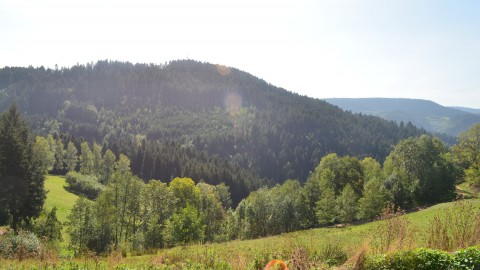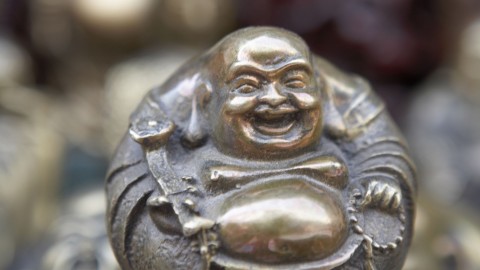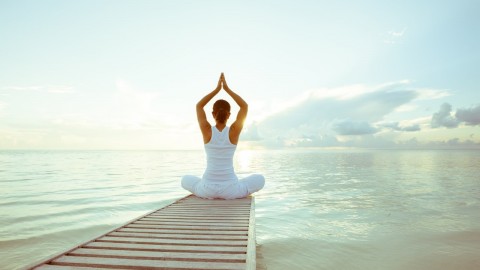Knowledge, Information and Experience
It seems like common knowledge that roses symbolize love, but have you ever wondered where flower meanings come from? Using flowers symbolically dates back to before the nineteenth century, but it wasn’t until the nineteenth century that floriography became formalized. In 1809, Joseph Hammer-Purgstall published Dictionnaire du langage des fleurs, the first published list on the language of flowers.
The rise of flower symbolism during this time makes sense, as it was the height of the Romantic era where nature was seen as beauty, and people were heavily influenced by their emotions. Floriography allowed for a tangible exchange of these emotions.
Structure and parts of Flowers:
Basically, each flower consists of a floral axis upon which are borne the essential organs of reproduction (stamens and pistils) and usually accessory organs (sepals and petals); the latter may serve to both attract pollinating insects and protect the essential organs. The floral axis is a greatly modified stem; unlike vegetative stems, which bear leaves, it is usually contracted, so that the parts of the flower are crowded together on the stem tip, the receptacle. The flower parts are usually arrayed in whorls (or cycles) but may also be disposed spirally, especially if the axis is elongate. There are commonly four distinct whorls of flower parts: (1) an outer calyx consisting of sepals; within it lies (2) the corolla, consisting of petals; (3) the androecium, or group of stamens; and in the centre is (4) the gynoecium, consisting of the pistils.
The sepals and petals together make up the perianth, or floral envelope. The sepals are usually greenish and often resemble reduced leaves, while the petals are usually colourful and showy.
A flower having sepals, petals, stamens, and pistils is complete; lacking one or more of such structures, it is said to be incomplete.
Pollination:
The primary purpose of a flower is reproduction. Since the flowers are the reproductive organs of plant, they mediate the joining of the sperm, contained within pollen, to the ovules — contained in the ovary. Pollination is the movement of pollen from the anthers to the stigma. The joining of the sperm to the ovules is called fertilization. Normally pollen is moved from one plant to another, but many plants are able to self pollinate. The fertilized ovules produce seeds that are the next generation. Sexual reproduction produces genetically unique offspring, allowing for adaptation. Flowers have specific designs which encourages the transfer of pollen from one plant to another of the same species. Many plants are dependent upon external factors for pollination, including: wind and animals, and especially insects. Even large animals such as birds, bats, and pygmy possums can be employed. The period of time during which this process can take place (the flower is fully expanded and functional) is called anthesis. The study of pollination by insects is called anthecology.











